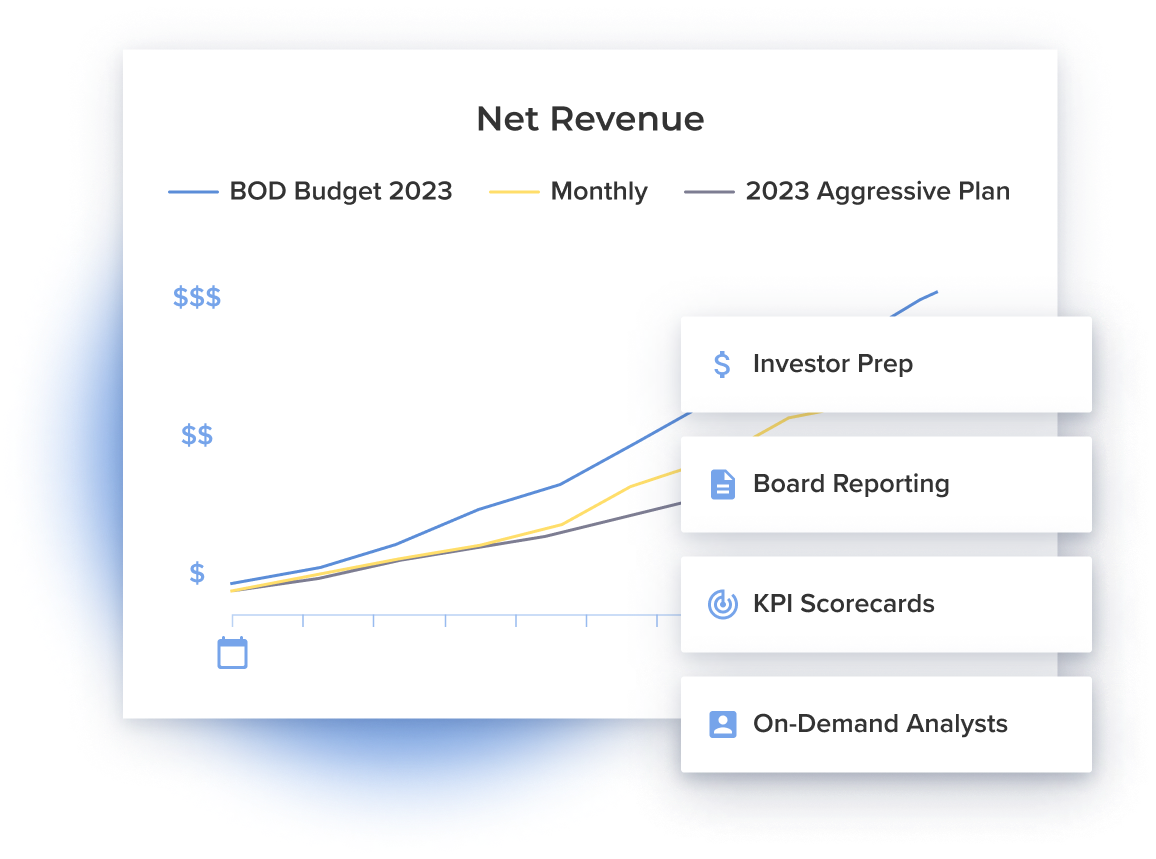
The end of Summer brings investor scrutiny of the apparel and retail industries and pressure is being felt by department stores, specialty apparel retail, and digitally native brands. The primary headwinds include excess inventory, elevated fuel surcharges, and returns combined with inflation’s impact on consumer spending.
Whether the category is eyewear (Warby Parker), women’s event wear (Lulu’s), athletic footwear (Allbirds), or bags and accessories (Vera Bradley) much of the commentary and proposed solutions are similar. A notable part of this analysis was that all four companies reduced full-year 2022 revenue guidance in recent weeks to reflect softening demand and higher expectations of promotional discounting. This report will dive into recent earnings reports and walk through some of these subjects and how DTC brands can position themselves as they encounter a shifting macro situation.
Inventory & Promotions
The Bainbridge Blog already covered inventory issues at big box retailers earlier this year. Excess inventory has predictably now reared its head at smaller DTC brands, and these companies have shared with investors their strategies to deal with the extra product they have on hand.
Lulu’s perspective on this challenge has been a reiteration of their non-seasonal and less fashion forward catalog. They increase wedding and college-homecoming inventory in line with demand, and actively avoid seasonality that is driven by weather or holiday spending. Even with this approach, Lulu’s management mentioned $5M of their $48.5M in Q2 ending inventory is excess.
Allbirds wrote off a significant chunk of their first generation apparel catalog inventory in Q2, centering their second generation of apparel around evergreen (non seasonal) line up that is not confined to a particular functional use case or weather pattern. On the most recent earnings call, even after the write down Allbirds identified $10M out of their $122M as excess. Vera Bradley wrote off approximately $5M in inventory and finished the most recent quarter with $149M in goods on hand, with most of the write off centered on masks and the exit of their retail start up brand.
Distribution Costs
Many e-commerce retailers have called out financial pressure from higher shipping costs, add-on fuel surcharges, and elevated returns. As gas prices have tapered off from their June highs, certain transport markets have seen reduced shipping rates and fuel surcharges but most of this favorability will be in the coming quarters.

Lulu’s referred to high fuel surcharges in Q2 and accessorial fees imposed by carrier partners, in addition to a sudden jump in returns they attributed to macro softness. Those two variables hurt gross margins by roughly 300 basis points, accounting for most of the gross margin drop to 45.8% vs 49.6% (Q2 ‘22 vs Q2 ‘21). Recall in our earlier piece this year we covered Lulu’s ongoing transition to useing robotics in their Eastern Pennsylvania distribution center that commenced in Q2 ‘22. The robotics rollout and the expansion of the Northern California distribution center drove a 30 basis point increase in variable labor within SG&A as a percentage of net revenue.
It will be key to monitor the future P&L improvements in gross margin and SG&A as a percent of revenue as Lulu’s reaps the benefit of this fulfillment network investments. Allbirds is investing in supply chain efficiencies that include a dedicated third party returns processor in the US as well as new manufacturing relationships and more automated distribution centers.
Store Count Growth v Sales Growth
Omnichannel DTC brands have also continued to aggressively expand their store footprints over the last 6 months, leading to deleverage in the P&L as sales growth slows. As these brands open stores, they increase SG&A. They are hoping that the new stores increase sales and therefore the increase in sales is greater than the increase in costs. But In many cases, revenue growth for omnichannel brands is converging with or falling below the rate of store count growth. We believe that the next several quarters will see significant divergence in margin performance of digital native brands versus omnichannel strategies.

Consumer Pressure
The reaction from consumers under the $45K to $55K income level has been the most consistent call out by large retailers and Bainbridge DTC Index members. The recent common refrain has been around the sales slowdown that began in mid-June as national gas price averages ticked up above $5 per gallon. Brands like Warby Parker with average household income per customer of over $100K were quick to point out their upmarket positioning. Allbirds also has a relatively upmarket positioning as 65% of their sales was from households with income over $100K.
Even with their large exposure to affluent customers, Allbirds management mentioned that “persistently high inflation has started to take its toll on consumers” and pointed out a sales slowdown beginning in mid-June. The business saw additional pressure on the international segment from foreign exchange rates and Europe’s subdued growth. Allbird’s decided to lay off 8% of staff and slowed new hires after their 15% YoY growth quarter was also marred by a substantial inventory value writedown that drove a gross margin drop from 56.1% down to 36.1% (Q2 ‘21 vs Q2 ‘22).

Warby Parker saw slowness start in the back half of May, with Q2 landing at a growth rate of 13.7% even after a 22% increase in store count from 145 to 178 (Q2 ‘21 vs Q2 ‘22). When accounting for inflation this is quite a concerning growth rate given the increased store count, subsequently Warby took action to layoff 63 people, equating to 15% of their corporate headcount.

Conclusion:
Retailers of all stripes are clearly facing a range of challenges, with the impacts more pronounced for certain business models. Lulu’s continues to show the profitability of monochannel ecommerce combined with a data driven inventory approach. Their focus is on constant improvement of the fulfillment cost structure and maintaining their industry-high inventory turns. From an omnichannel perspective, Allbirds and Warby Parker are having a tougher time navigating the macro slowdown due to their capital plans being focused on store count growth.
It’s hard to quickly pivot a brand's growth story once it is built around expanding store footprint as analysts begin to ask more “path to profitability” questions. If consumer spending quickly reaccelerates, omnichannel players may be better positioned to acquire customers at efficient CACs. For the time being, the brands that have avoided layoffs are ecommerce only brands (LVLU) or omnichannel players with slow or no store growth (VRA). These business models may weather the current macro environment better.
Subscribe to our newsletter

Ready to see what you can do with Drivepoint?
Learn how other consumer and CPG brands are driving margin and cashflow with Drivepoint









